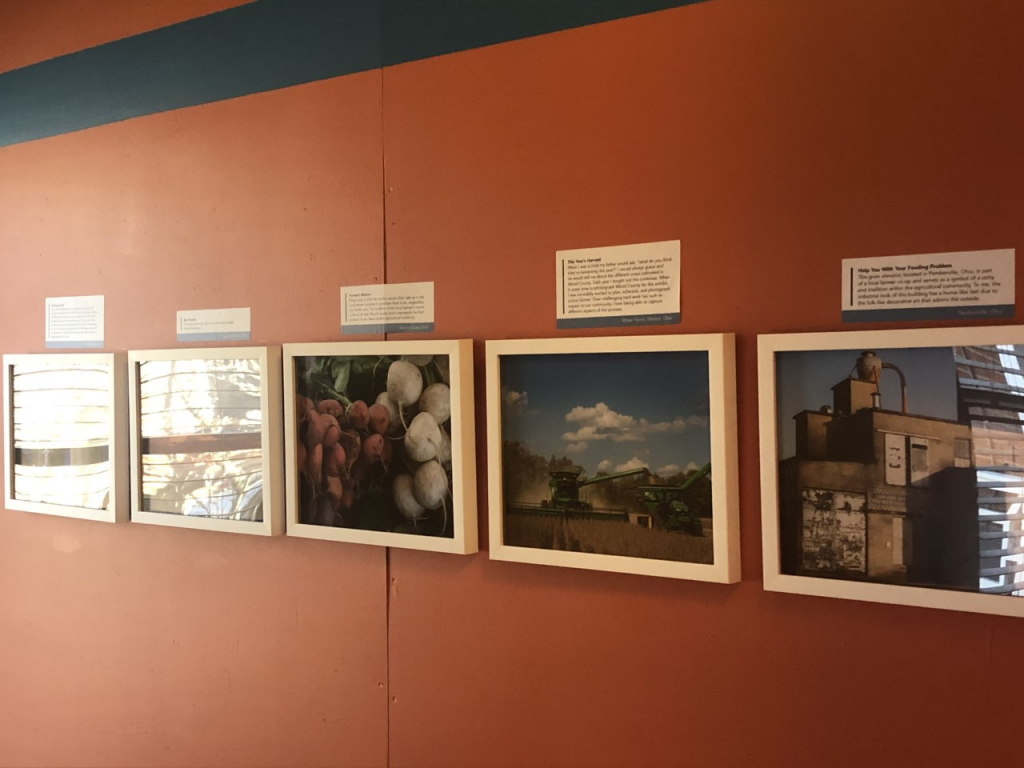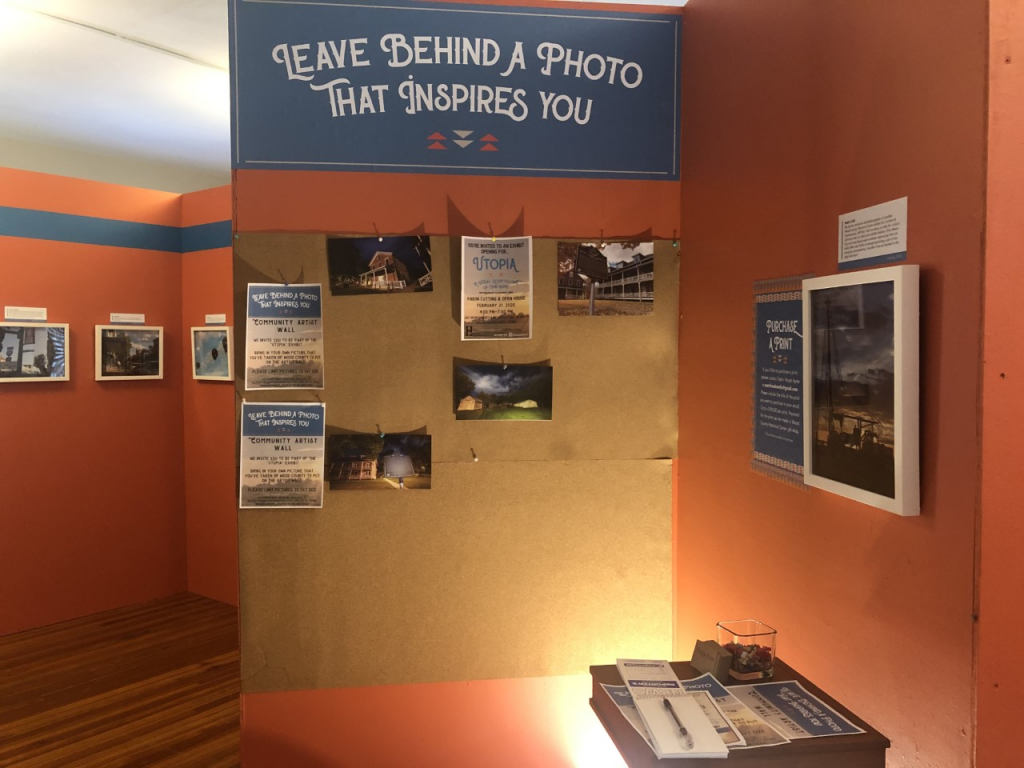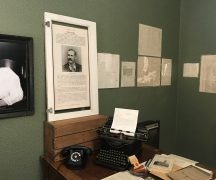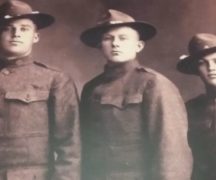By VAUGHN COCKAYNE
BG Independent News Correspondent
The Wood County Historical Center and Museum’s newest photography exhibit “Utopia” focuses on the everyday beauty and overlooked history of Wood County.
The exhibit will open today as part of the 200th anniversary of the county.
“Utopia,” photographed by Taylor Houpt Ayres, is made up of a series of contemporary photographs taken of Wood County. Ayres, a Perrysburg native and BGSU graduate, had a unique perspective on the imagery of Wood County.
“Because I have lived in the community for so long I am able to kind of understand the stories and traditions that are a part of every aspect that we shot,” Ayres said. “These photos kind of capture what the future could hold as well as where we are.”
“Utopia” is Ayres’ first exhibit as a photographer. The project started when she was 21 years old and the museum will open the exhibit on her 24th birthday.
The photographs are organized by loose categories around the exhibit, all of which are intended to show a different side of Wood County. The categories, laid out against a striking orange and blue backdrop, are the natural landscapes, the agricultural communities, entertainment and leisure time.
Photos of the engineered aspects of the Wood County landscape grace the walls of the exhibit as well, one example being the ditches that prevent flooding.
“There are things that are very unique to these communities. And one of them is the ditches. Being in the Black Swamp there are thousands of miles of ditches across this county. Because of the glaciers flattening this area it floods really bad. So if we didn’t have these things then it would ruin everything,” Wood County Historical Center Curator Holly Kirkendall said.
Showing the artistic beauty in the everyday environment of Wood County residents was one of the major goals Ayres had when shooting the area.

“I started focusing on the beauty of everyday. The things we see everyday but capturing it in a way that makes you proud of your home,” Ayres said. “It (the ditches) has a utilitarian purpose, but there is an everyday beauty to it.”
Kirkendall also had the goal of inspiring pride in residents of Wood County, so that the photography in the exhibit would mirror the feeling that many in the county have for their communities.
“In Wood County you feel that people are very willing to take you in as part of their community. I think there is a lot of pride in these photos,” Kirkendall said.
The exhibit is much more contemporary in nature than many of the other exhibits at the Wood County Historical Center and has a bit more of an active feel. The museum encourages guests to bring a picture with them of something in their community that inspires them, and place it on a corkboard in the exhibit.
Kirkendall hopes to connect to younger museum visitors and emphasizes that museums are not supposed to be boring.
“We don’t want people to see museums as a place where things are lined up in a room and it’s really boring, and you can’t touch anything, and it happened a long time ago. That’s not the case. You know, it’s active. It’s ongoing,” Kirkendall said.

One of Ayres’ photos has a controversial edge to it. The crumbling Luckey factory displayed in the photograph was once the center of beryllium contamination and is still being cleaned up today.
The picture, Kirkendall feels, is still important to the exhibit.
“This photo illustrates the point I am trying to make with this exhibit,” Kirkendall said. “There’s generations that have no connection to many of the major events that we celebrate so it is our job to educate and talk about those emotional connections.”
Ayres’ perspective on the photograph was one of someone almost completely disconnected from the history of the factory.
“It was a really cool abandoned structure. You could tell that something had happened but I didn’t know what. I later found out that it was the site of the beryllium factory that was a part of Luckey and a part of that community,” Ayres said. “It just has that eerie feeling to it. As opposed to ‘this is something that happened in the past that we don’t want to be remembered.’”
No matter the perspective, “Utopia” is for all generations and is intended to shed light on overlooked parts of history.
“I would hope that people would look at this and think that their lives are part of the story. Because in museums we collect things, we take those things and turn them into a story. Every single person has a part of the story to tell,” Kirkendall said.
“Utopia” will be open through December of 2020 and will have an open house and ribbon cutting today. Ayres will also be giving artist’s remarks at 5:30 p.m. discussing her photographic journey through Wood County. Visitors may support Ayres by purchasing prints of the photos displayed for $100 at the museum.
“Utopia” is supported in part by American Frame.





